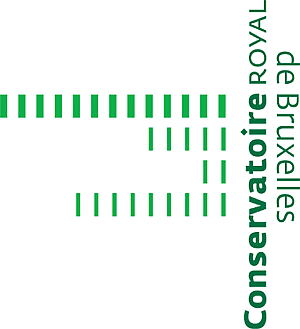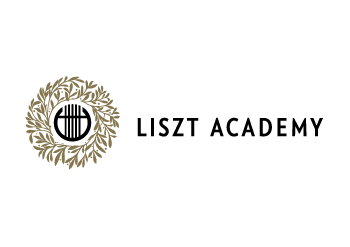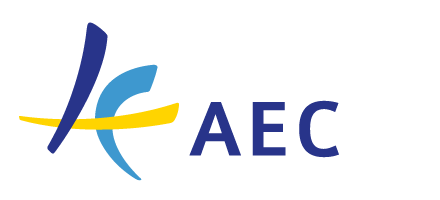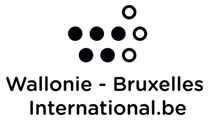Further information
-
assessment
Other (In order to complete the course, students are required to: - complete all the tasks assigned throughout the semester; - successfully complete the final examination (written assignment + oral examination).) -
level
Intermediate -
 Completed Semesterspring semester
Completed Semesterspring semester -
How many semesters does the course last?
one -
hours per week
90 minutes -
 Link of the course
Link of the course -
 Target group of courseInstrumentalists, advanced
Target group of courseInstrumentalists, advanced -
 credits3
credits3 -
 Type of CoursePractice
Type of CoursePractice -
Degree Level
Bachelor -
 e-learning-elementsonline video tutorials, Moodle (e-learning) assignments and tests
e-learning-elementsonline video tutorials, Moodle (e-learning) assignments and tests -
Course
Mandatory -
students #
15-25 students -
Hours per year
There are 13 weeks per semester and two 45-minute lessons per week. -
BIBLIOGRAPHY
BEACH, David, and McCLELLAND, Ryan. Analysis of 18th- and 19th-Century Musical Works in the Classical Tradition. New York: Routledge, 2012. ISBN 978-0-415-80666-4. CAPLIN, William. Classical Form: A Theory of Formal Functions for the Instrumental Music of Haydn, Mozart and Beethoven. New York: Oxford University Press, 1998. ISBN 978-0-19-514399-7. -
ONLINE CATALOGUE
WITH CONTENTS -
evaluation grid
-
evaluation grid
and document
Teacher(s)
Martin Čurda
current position
academic assistant
Institution
University of Ostrava: Faculty of Fine Arts and Music
Be a part of our european project !
This European project (KA 203 Strategic Partnership) created by Salvatore Gioveni promotes cross-border collaboration in the field of Music Theory through sharing knowledge and transferring pedagogical innovation. It thus responds to a lack of centralised source and framework to deepen reflection by means of cross-disciplinary study at European and international level.
There is a significant wealth of educational practices from one country to another in this sector, especially in terms of harmonic musical notation and analysis. However, HMEI's are facing the nonexistence of a European network for pedagogical staff in Music Theory so far. To improve the situation, the project will among other things develop several intellectual outputs such as Online Platform (IO 1), an EU Bibliography (IO 2), a Repository Courses (IO 3), a Multilingual Glossary (IO 4) and an Exchange Online Learning Platform.
Besides the Conservatoire royal de Bruxelles as leader and manager of the project, the following partner institutions are involved: Music Academy S. Moniuszki Gdańsk (Gdańsk, Poland), F. Liszt Academy of Music Budapest (Budapest, Hungary), Estonian Academy for Music and Theatre (Tallinn, Estonia), HfMTh "Felix Mendelssohn Bartholdy" (Leipzig, Germany).
 | 2025
| 2025








